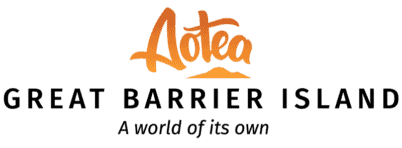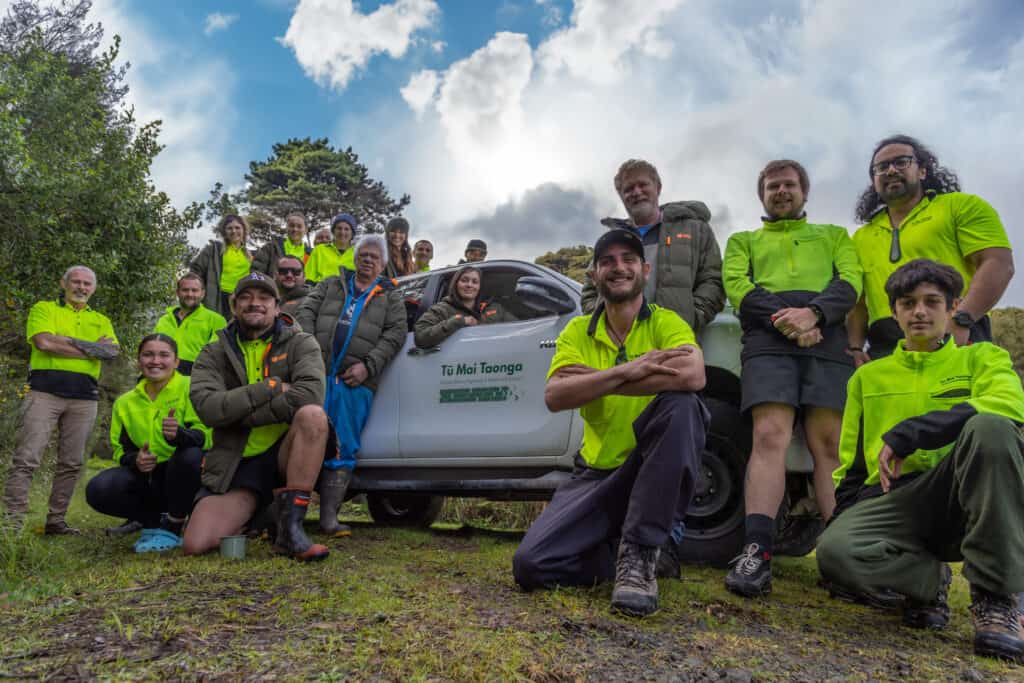
The Tū Mai Taonga project has begun operations in the north of the island with around 30 staff now employed to find new ways to rid the island of feral cats and rats.
There was a buzz of anticipation at the team breakfast last week when managers served up pancakes, scrambled eggs and bacon for the crew and a decal was stuck to the side of the project ute for a group photo.
Project Lead Makere Jenner said it was an exciting time after the wet weather through summer and winter had forced the project to invest in infrastructure to support workers spending extended periods in the field.
The project has been busy refitting the old Department of Conservation headquarters and workshops at Akapoua, completed a track into Tataweka to enable light utility vehicles to transport workers and equipment, and improved hut facilities there. It has also created a radio network to remotely monitor live capture traps throughout the Te Paparahi block. The first lines of feral cat traps were activated last week.
Another team of workers has begun ground baiting on Rangiāhua and Māhuki in the Broken Islands to remove rats, using the Hooked on Barrier vessel to transport the crew for week-long stays there.
Makere Jenner said around half the workforce were Ngāti Rehua Ngātiwai ki Aotea whānau, some of whom had returned home to the island because of the jobs the project has created.
“We have been able to provide a wide range of training opportunities to enable them to carry out conservation work safely and effectively and some are taking the opportunity to gain credits for a tertiary qualification.”
“Ngāti Rehua Ngātiwai ki Aotea is feeling it has a real say about how conservation can be done on the island. We have had to learn to wait and allow kaumātua to set the direction and the protocols we should use when working in these sensitive landscapes.”
“We are seeing new leaders step up to guide us in tikanga and inform our work.
“We are grateful to the Department of Conservation, Auckland Council and Predator Free 2050 Limited for giving us this opportunity to work at large landscape scale and being prepared to redefine partnerships with them.”
Tū Mai Taonga received commitments of $5.2m through the government’s COVID recovery Jobs for Nature programme and has received significant matched and in-kind funding.
“We are very mindful of the responsibility we have to reset conservation direction and ambitions on the island.”
The project’s operational methods and successes will be keenly reviewed by a technical advisory group – composed of experts in the conservation field – as well as kaumātua.
“We hope to be able to prove pathways that are both operationally and socially successful, that can support and empower other community groups and conservation projects around the island.”
“As Māori we see ourselves intimately connected to the living world, so being able to bring back health and abundance to our forests and islands is a fundamental expression of who we are.”
Who’s who at Tū Mai Taonga?
Makere Jenner lives on Māori-owned Rangiāhua, one of the Broken Islands south of Te Whanga-o-Rarohara/Port Fitzroy.
She homeschools four children, serves her whānau where she can on the marae and has been the Project Lead for Tū Mai Taonga for the past 18 months, ensuring mana whenua values and voice are to the fore.
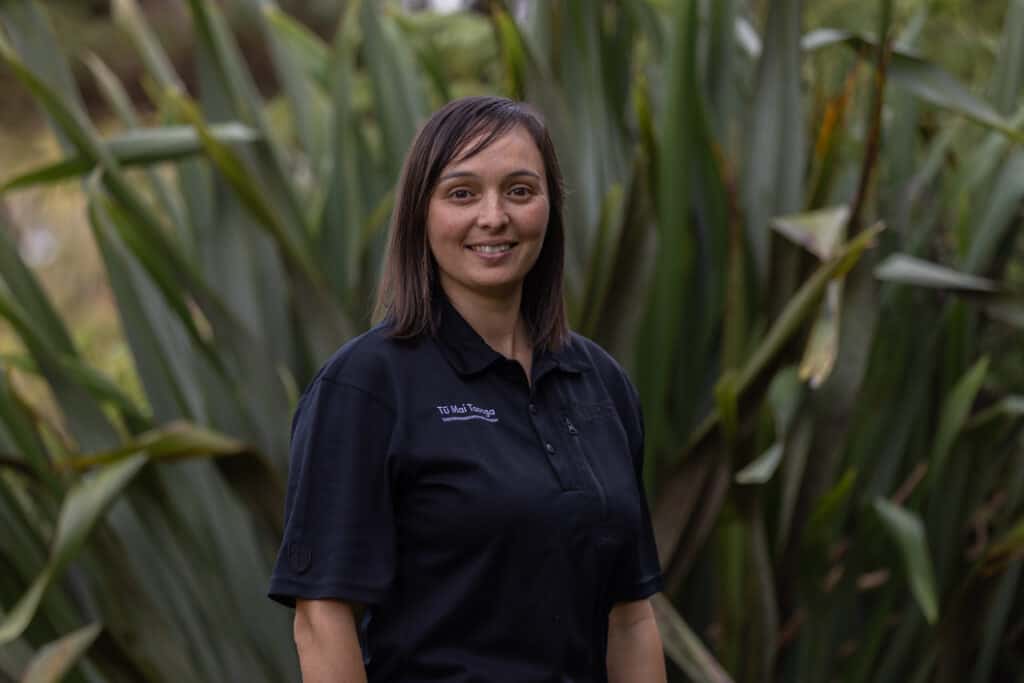
With Tū Mai Taonga now working on islands and in the northern Te Paparahi block, it has recently created two Operations Manager positions. Working across these large landscapes with the aim of eradication of introduced predators requires new approaches and exacting methodologies.
Chris Giblin is in charge of feral cat operations while Kerryn Johnson is running the island rat programme.
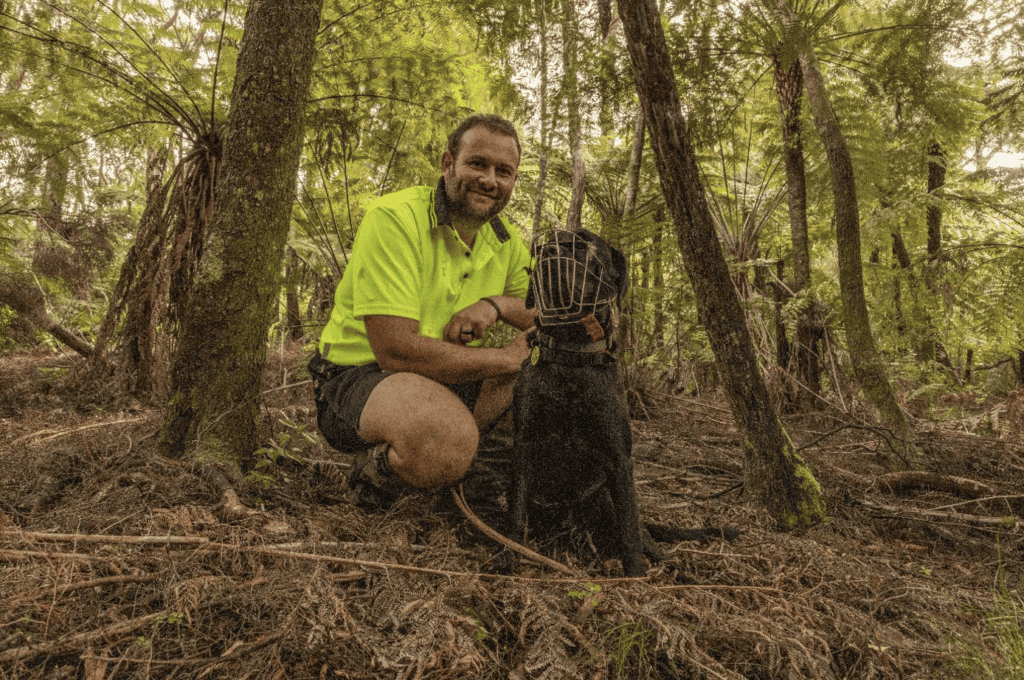
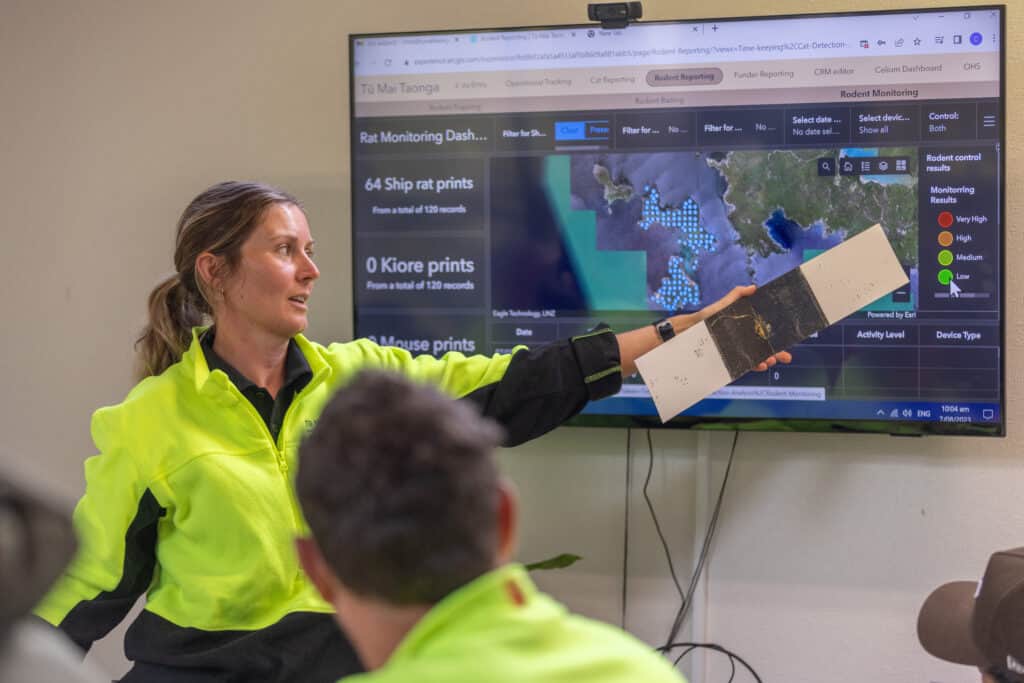
The forests are silent
Photographer Shaun Lee (who took the photos for this story) spent a couple of days in the field with the Tū Mai Taonga crew last week.
He has a special interest in photographing invertebrates at night.
On Rangiāhua he spent three hours searching vegetation by torchlight without seeing a single wētā. “Usually, I would see at least one every 10 minutes, but I saw just one moth and five spiders in my spotlighting survey. It’s the only place I’ve been where I’ve seen more rats than invertebrates – that’s crazy.”
And in Te Paparahi he was also shocked at how little birdlife he encountered. “Just a couple of tauhou or silvereye and a single kererū.”
Life changing work stories
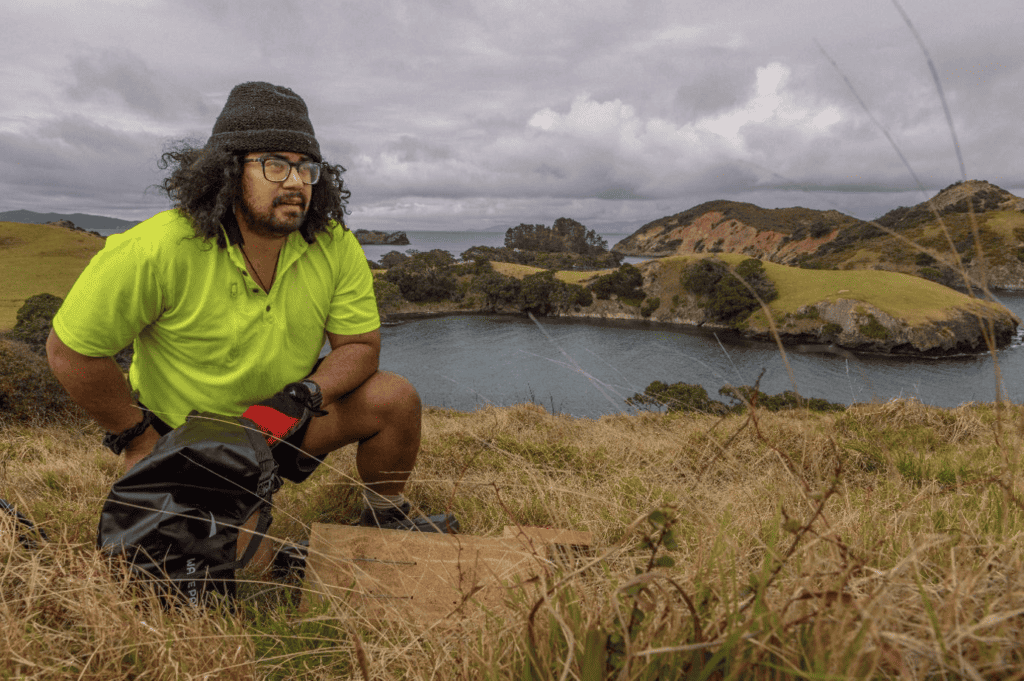
Lindsey Davies is an unlikely bushman.
He moved to the island ten months ago to stay with his grandfather Sydney Davies.
“I grew up in Queensland and thought I might get into IT like my father and brothers” (who work for Warner Brothers).
Lindsey knows his way around computers and a gaming console but was curious about the island his family is from.
“I didn’t want a desk job, or to come back to New Zealand to work on the main island, but when I heard about field jobs with Tū Mai Taonga I was keen.
“From whānau I’m learning about things like solar power systems and how to plant vege gardens.”
He’s also spending a lot of time taking with kaumatua Syd, about the history and stories of Ngāti Rehua Ngātiwai ki Aotea, and alongside Hiku Davis, the project’s wāhi tapu adviser, while cutting trapping lines in Te Paparahi.
“I’m loving working in the bush and out on the islands, finding out what makes me who I am.”
Tū Mai Taonga has found the best recruitment tool has been word of mouth from ‘aunties and uncles’ telling whānau ‘now is the time to come home’.
For further information about the project and job opportunities visit www.tumaitaonga.nz
Written by Tim Higham. Photos by Shaun Lee.
